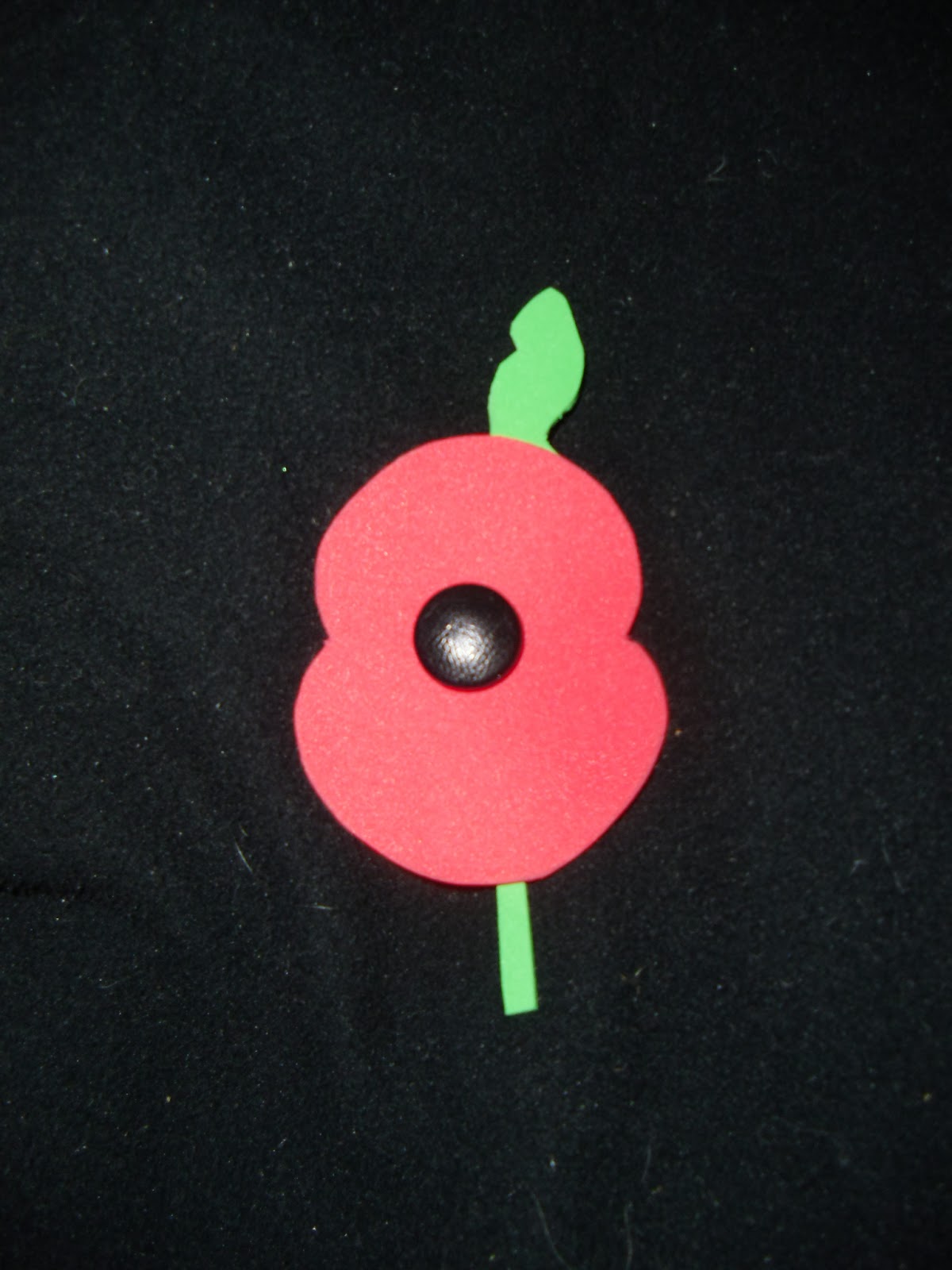One of the things I
was surprised to miss last year was Remembrance Sunday and November 11th.
So this year I thought we would do a little something this weekend. It’s not a
lot but we feel it’s important to teach Isaac about it and what it means. I
know this year he won’t really get it, but just to let him know what it’s about
and that it is part of his culture and history. All his great-grandparents played
a wide range of roles in WW2, serving soldiers, military soup kitchens, land
army and making Mosquitoes for the RAF. His granddad Powell was in the army
serving in Northern Ireland and Cyprus. I also do some work for a charity, The
ReOrg Trust. who work with veterans from the British Armed Services. We’re
looking forward to teaching him about it and I hope he continues the interest
in military history I have. We seemingly mark the day in Britain with more
ceremony than France, although I’m not sure if that is due to the region we’re
in.
The Correze had a very
strong resistance presence during WW2 and you can find small monuments all over
the countryside with two or three names on, marking where resistance fighters
were found and shot on the spot. Sadly, like all villages across Europe, even a
small place like Viam has a memorial with far too many names on it from WW1.
Our nearest town, Bugeat, has a plaque on the hotel de ville (mayor’s office)
listing the names of Jews from the town who were deported to concentration
camps and never returned. Just outside Limoges is also the town of Oradour-Sur-Glane.
A small town where, on the way up to fight back against the D-Day action, a SS
division walked in one morning and killed everyone. Men were marched in the
woods and shot, women and children locked in the church which was set on fire, grenades
were thrown in and shot if they tried to escape. Perhaps the memory of WW2 is
still too raw in a different way to the experiences of Britain and the Allies.
To mark it this year I
have tried to explain to Isaac why he has a day off school on Monday (Nov 11th)
and we coloured in a poppy. I have made one from craft foam to wear at rugby on
Sunday which he “helped” with.

Unfortunately people
are still dying in wars all over the world. Whatever your political stance is
on involvement or non involvement, (By this I mean our choices on when and
where to “intervene”) I think you should
still remember the men, women, children and animals who die in them. My hope is
that one day we (the human race) will look back and learn from our mistakes. It
is only by reminding future generations of what it has cost us can we achieve
this. In many ways war destroys lives including those who survive them. We will
take Sunday and Monday this year as an opportunity to think about those who died
for our freedom, those who continue to die for “other reasons” and those who
survive.
Please check out the ReOrg Trust http://www.thereorgtrust.org/ Contact them if you can help or if you/anyone you know could benefit from their unique service. They do fantastic work, here's their a bit from the website explaining, far better than I can, what they do.
The Re-Org Trust provides servicemen and veterans the opportunity to experience sustainable living. Unlock your military skills with “Fresh Air Therapy”. Our Mission is to provide assistance to both current and former Service Personnel who, for whatever reason, may be in need of “support through transition” helping them to re-adjust and resettle into the wider community. The Re-Org can address the issues surrounding homelessness, mental health, offending behaviour and drug/alcohol misuse whilst giving new skills and opportunities.
Please check out the ReOrg Trust http://www.thereorgtrust.org/ Contact them if you can help or if you/anyone you know could benefit from their unique service. They do fantastic work, here's their a bit from the website explaining, far better than I can, what they do.
The Re-Org Trust provides servicemen and veterans the opportunity to experience sustainable living. Unlock your military skills with “Fresh Air Therapy”. Our Mission is to provide assistance to both current and former Service Personnel who, for whatever reason, may be in need of “support through transition” helping them to re-adjust and resettle into the wider community. The Re-Org can address the issues surrounding homelessness, mental health, offending behaviour and drug/alcohol misuse whilst giving new skills and opportunities.





